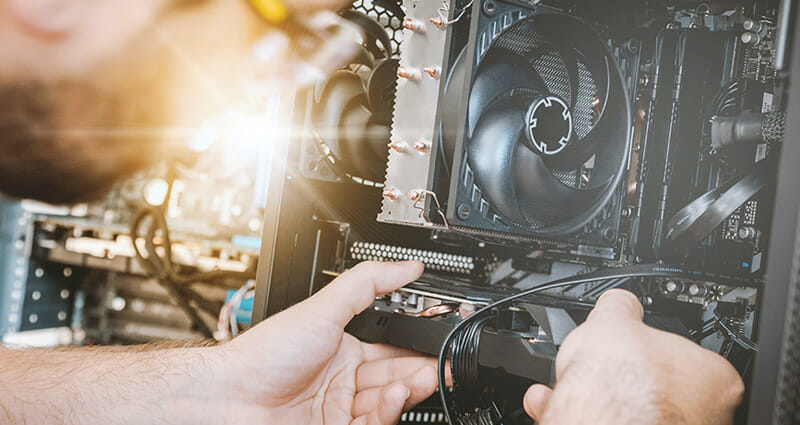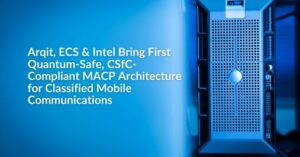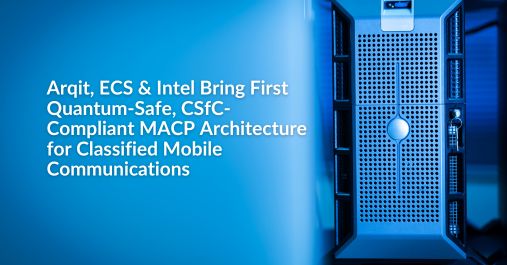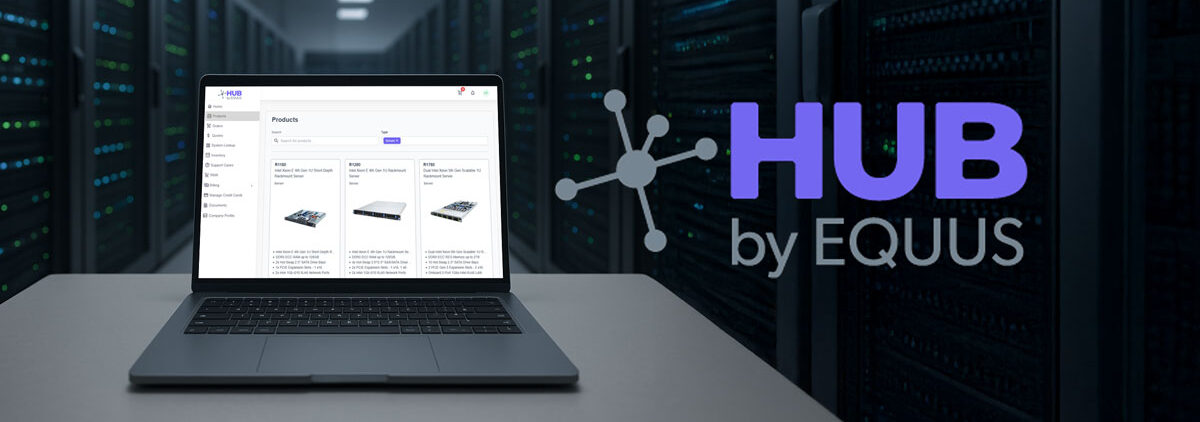The development and deployment of software is a complex process. It requires the orchestration of teams, code, and hardware. Often, this is made more difficult by the monolithic structure of applications, which means they are built so that every part of the application needs to be ready at deployment. However, Kubernetes (K8s) runs on containers which radically changes the status quo. How does it work?
Let’s start with the core, containers. Containers separate functions and features into their own service containers. K8s services can therefore function independently of other containerized services, but they can also work together to provide fully functional applications. Separation of services presents many benefits. For example, if updates need to be made to specific services, they can be done without updating every service — making it much faster for developers to update system components.
Additionally, scaling becomes more manageable since developers can target their efforts towards specific bottlenecks instead of updating every part of an application. Now let’s take a step up in the Kubernetes hierarchy and look at cluster services.
Kubernetes Is Key to Container Management and Communication
Kubernetes cluster services can be compared to an orchestra conductor, ensuring that all the container hosts (workers) work together in harmony. This process starts with cluster services receiving configuration files from the administrator and then carrying out the commands automatically. Container services set up and configure necessary containers based on the configuration file.
K8s also ensures that the configuration files stay up to date by managing communication between containers. It does this through the kubelet process, which is responsible for communicating with cluster services. Each container host can communicate with cluster services which serve as the orchestrator. K8s communication and orchestration make it possible to separate features and functions into different services while maintaining a unified system.
Kubernetes and Modern Hardware Architecture
Many organizations employ techniques like hyperconverged and composable infrastructure that disaggregate hardware resources. Kubernetes is the ideal companion to these techniques in many ways. For example, while containerization simplifies deployment at scale and reduces downtime during upgrades, it doesn’t change how an application works at its core.
Additionally, consider the goals of both Kubernetes and composable infrastructure. Kubernetes intends to make it easier to manage, upgrade, and update applications at scale. Composable infrastructure aims to unify management, improve efficiency, and simplify the scaling of your computing infrastructure. Both technologies share common goals and work in unison to enhance the scalable qualities of your computing infrastructure. How can you plan K8s hardware infrastructure effectively?

Building Hardware Solutions To Support Kubernetes Efficiency
Modern applications continue to add functionality that increases complexity. Users can now leverage features like AI and machine learning in the cloud. These advanced capabilities require a high-performance computing infrastructure that can handle requests from many devices simultaneously. What does an effective K8s infrastructure look like?
- Scalable. The hardware solution must be built to support many devices and scale with ease. Kubernetes uses the desired state model where work is distributed among autonomous nodes to reach ideal deployment based on the configuration file. Your infrastructure must therefore support hyperscaling to keep up with K8s needs.
- Resilient. Kubernetes is resilient to node and network partition failures. However, your hardware infrastructure must also handle failures well to leverage the full benefits of K8s. Common failure protection strategies include robust backup strategies, adaptive failover switching, and live migration capabilities.
- Transparent. Kubernetes is well suited for distributed computing models, making unified system management very important. System administrators need full visibility into both compute resources and K8s pod view of the storage bindings.
To ensure you get the most out of Kubernetes, it’s essential that your computing infrastructure have these characteristics. However, designing and deploying the necessary hardware is another challenge.
Leveraging Hardware Partner Expertise for Seamless Kubernetes Deployment
Deploying distributed hardware has many logistics hurdles. Teams must source modular hardware that is consistent across locations and compliant with local regulations. It requires hardware expertise and supplier relations that many firms may not possess.
Equus Compute can help you develop powerful custom hardware solutions. We provide full-lifecycle hardware management that delivers needed support from design to decommissioning. If you’re curious about how leveraging our extensive supplier relationships can save you money and speed up deployment, let’s talk.








